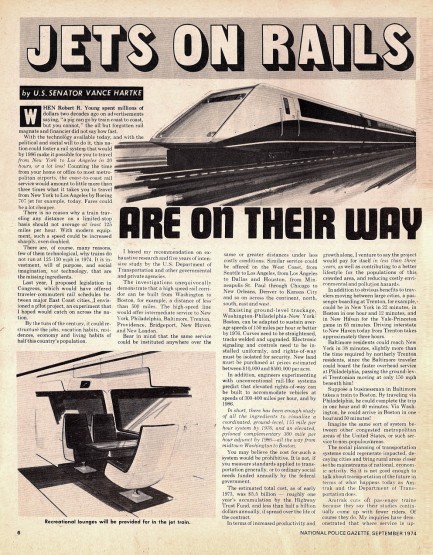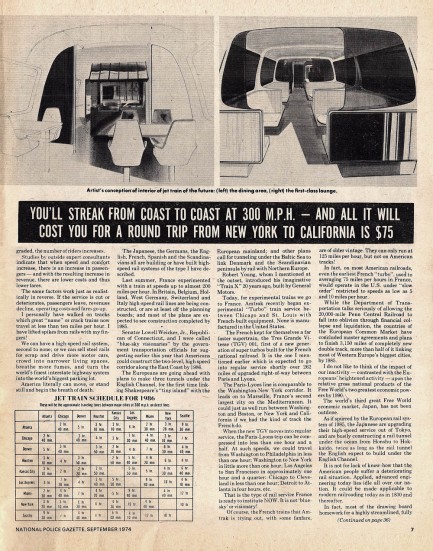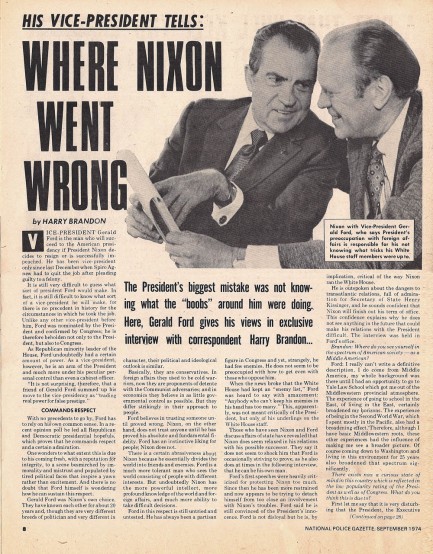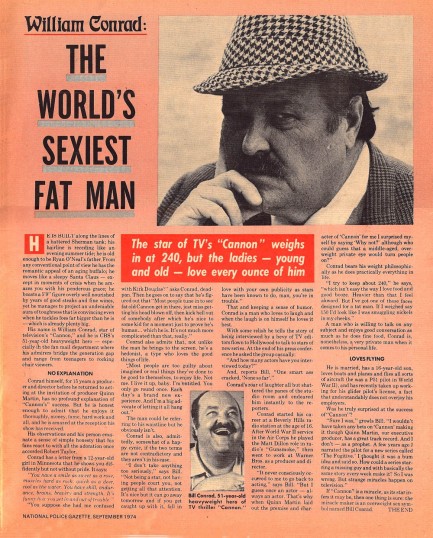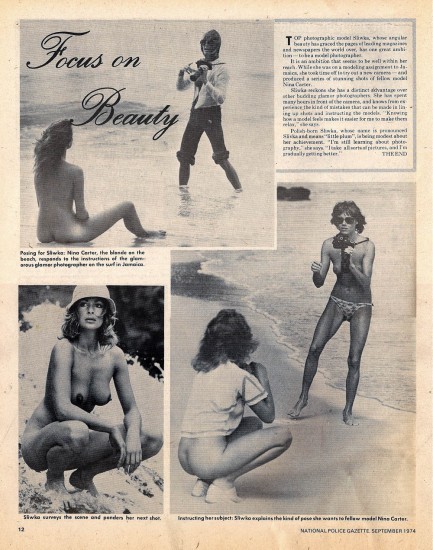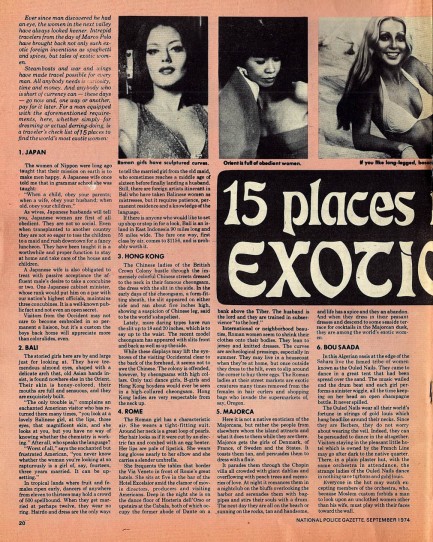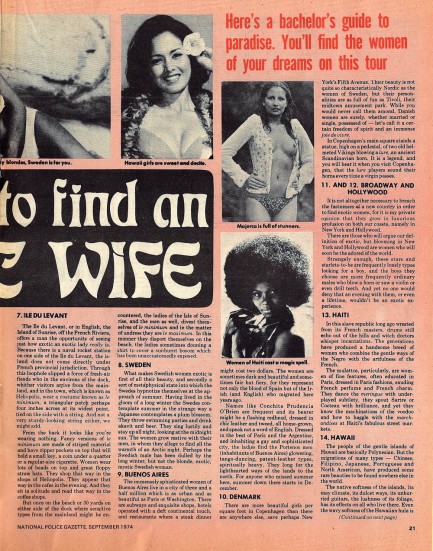| Femmes Fatales | Jul 4 2022 |

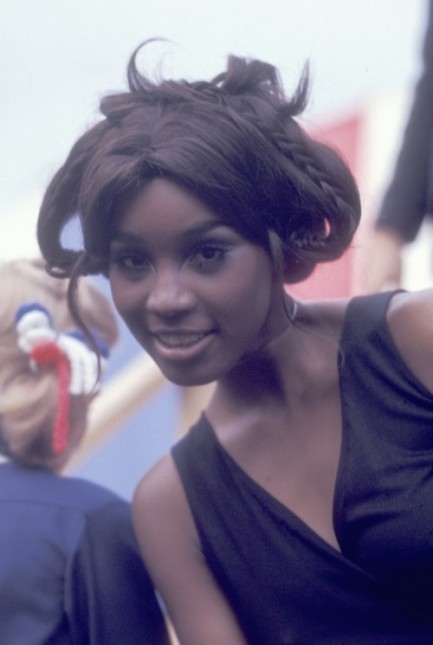
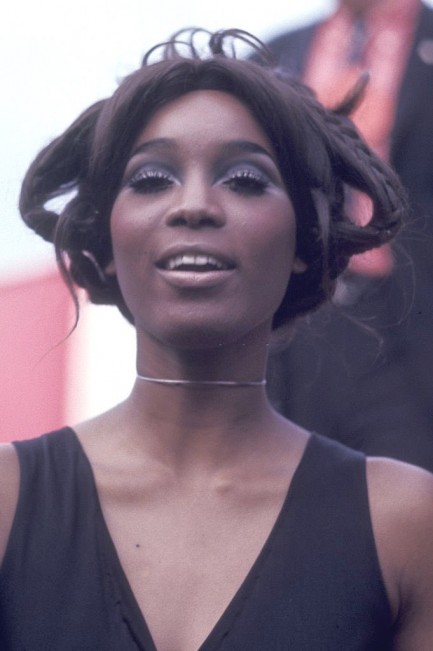

These shots show U.S. actress Teresa Graves today in 1970, and despite the fact that her bizarro hairdo makes her look counterculture, she was in Washington, D.C. attending the Honor America Day celebration. If you've never heard of Honor America Day, that's because it was a one-off, hastily cobbled together by then-president Richard Nixon, who was under pressure due to his decision to send U.S. troops into Cambodia during the Vietnam War, a move which precipitated a protest at Kent State University at which Ohio National Guard troops shot and killed students.
Graves was a minor television star at the time, a recurring guest on the show Rowan & Martin's Laugh-In, however she was a natural for the D.C. event because she had built her career partly by touring Southeast Asia as a singer with Bob Hope's USO show. She would eventually become a major star on the police drama Get Christie Love! By then she'd ditched the hairdo that looked like it picked up signals from space for something conventional, as you can see at this link. But whatever shape her hair took, she was quite beautiful.
| Intl. Notebook | Nov 12 2018 |

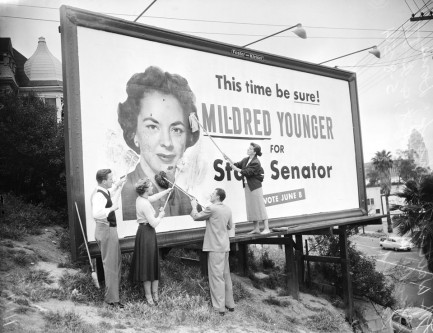
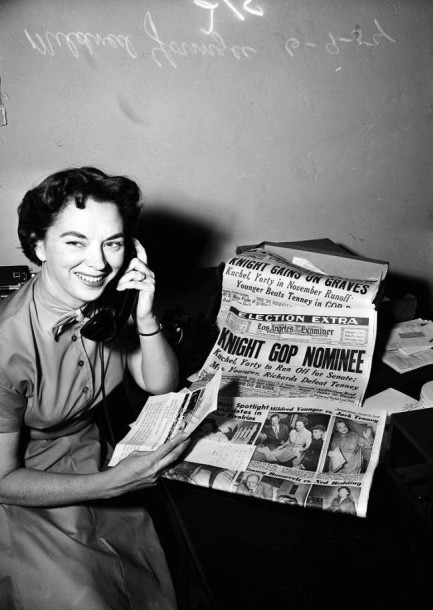
| Vintage Pulp | Nov 5 2018 |

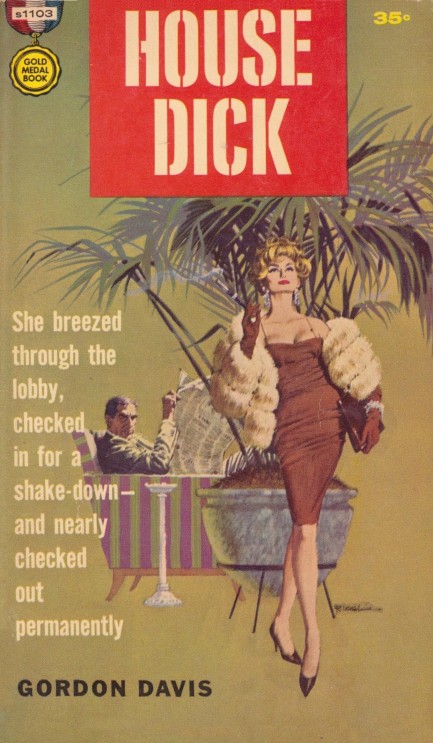
| Intl. Notebook | Nov 30 2017 |

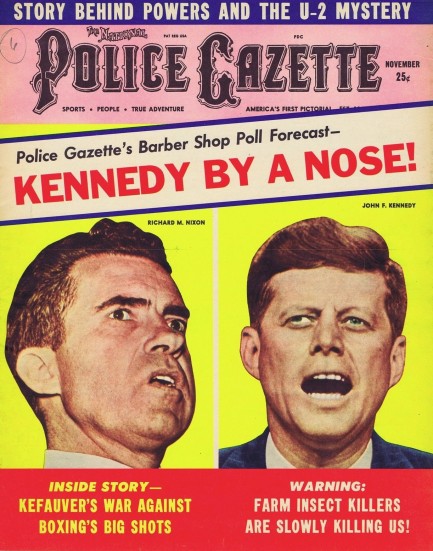
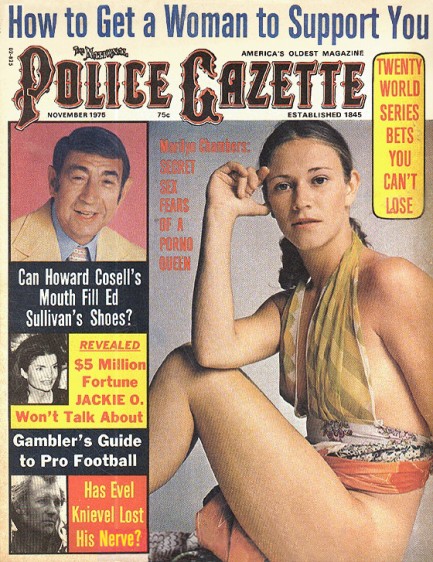
| Mondo Bizarro | Nov 4 2016 |

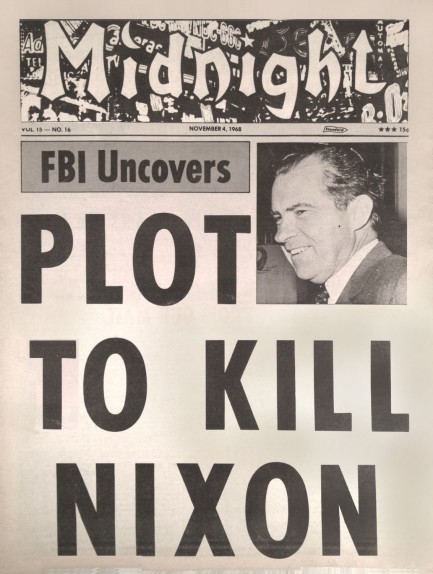
Midnight claims in this issue published today in 1968 that a conspiracy was afoot to assassinate Richard Nixon during his presidential campaign, but with mid-century tabloids the question is always: Is this true? We found no mention of the plot anywhere, though Midnight is pretty authoritative in its assertions, claiming three men were involved, two of whom were in FBI custody, with the third having been picked up by Mexican police in Tijuana. But authoritative or not, the paper got this one wrong.
Weirdly, though, there may have been a plot to kill Nixon in 1968, but a week after the above Midnight hit newsstands. Though the episode is little remembered today, a man of Yemeni origin named Ahmed Rageh Namer was arrested along with his two sons Hussein and Abdo on November 12—a full eight days after Midnight made its arrest claims—and charged with conspiracy to assassinate Nixon, who had won the presidential election the previous Tuesday. You can see Namer under arrest in the photo just below.
The evidence against him and his sons was scant—an informant claimed the father possessed two rifles, had asked him join him in the killing, and had offered him money to do so. This was back before the word of a shady informant could get a person thrown in a black pit in Guantanamo for ten years, so the Namers actually got a trial and their defense lawyer of course shredded the case. All three men were acquitted in July of 1969.
But how weird is it that Midnight would fabricate an assassination story a week before the FBI uncovered what they thought was an actual assassination plot? Maybe Namer read Midnight and got the idea. Nah... he was probably just innocent in the first place. But still, how odd. Sometimes history is stranger than fiction. Elsewhere in the issue you get a bit of Hollywood gossip and a pretty cool photo of Maureen Arthur and another of Carmen Dene, below. See more Midnight at our tabloid index.
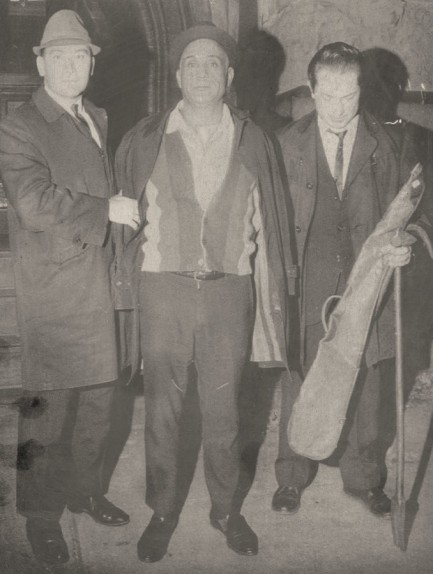
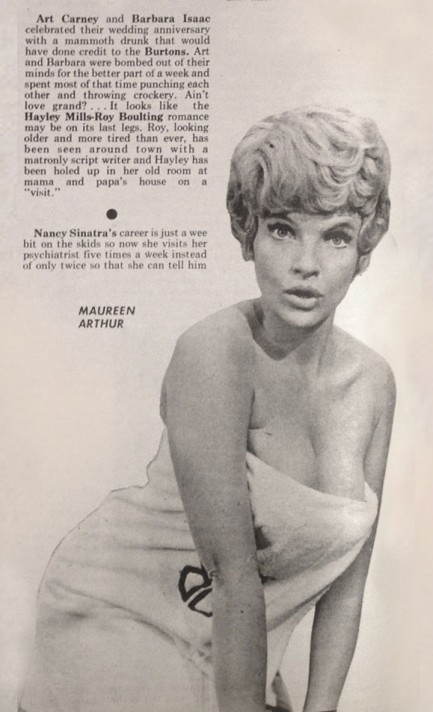
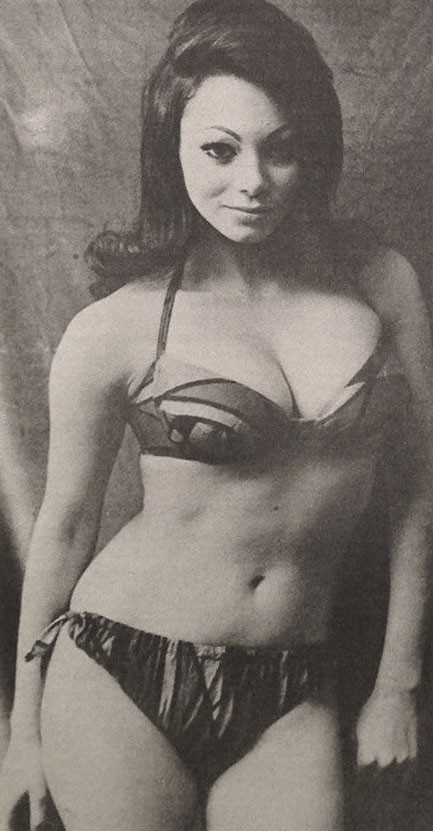
| Vintage Pulp | Jan 18 2013 |

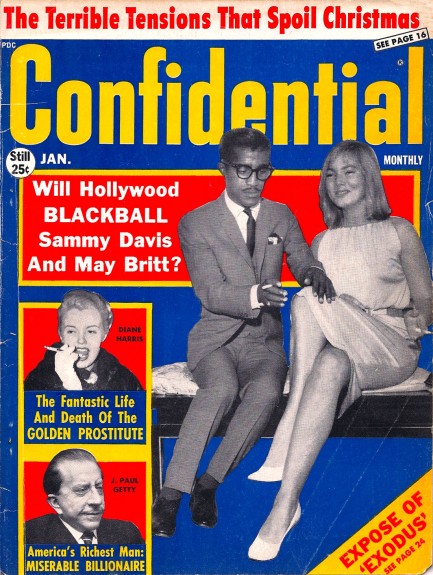
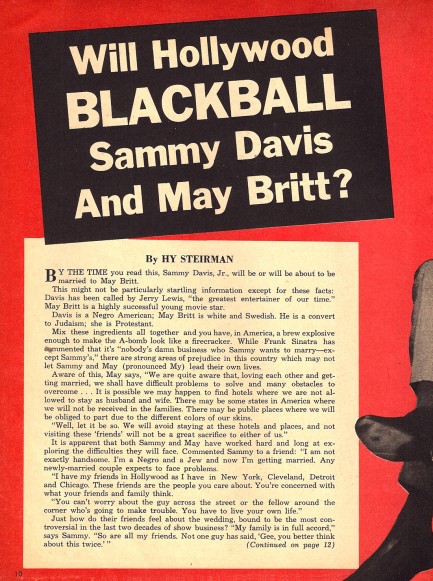
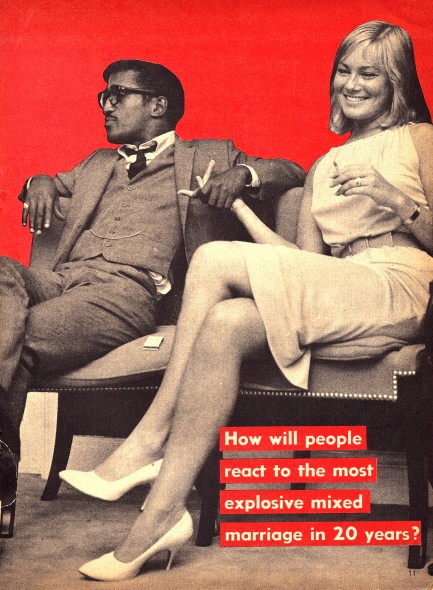
Today we have a January 1961 issue of Confidential for you, with cover stars Sammy Davis, Jr. and May Britt. Since we’ve already discussed Sammy and May of late, and even made her a recent femme fatale, we’ll skip past them and focus on another interesting story—the tale of Diane Harris, who shot to notoriety as a witness in the infamous Minot Jelke pimping trial of 1952. We wrote about it back in 2009—Jelke was an oleomargarine heir who was cut off from his trust fund and decided to turn his girlfriend Patricia Ward into a prostitute in order to make ends meet. Ward became known as the “Golden Girl of Vice” and “The Golden Girl of Café Society,” which is why it’s interesting that Confidential calls Diane Harris “The Golden Prostitute.” Apparently Jelke had the Midas touch.
Confidential wastes no time in its article. It begins: She gave herself a title… Lady Diana Harrington. The New York D.A. gave her another… the Golden Girl of Café Society. Houston police gave her a third, less flamboyant title… prostitute. Uh oh—the New York District Attorney’s nickname for Harris is identical to Patricia Ward’s nickname. After a few more paragraphs of reading, it becomes clear that Confidential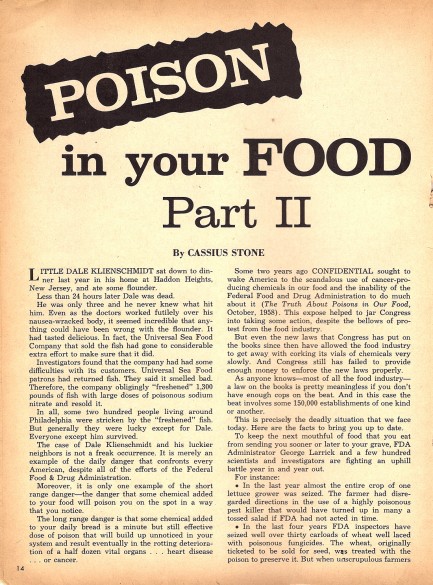
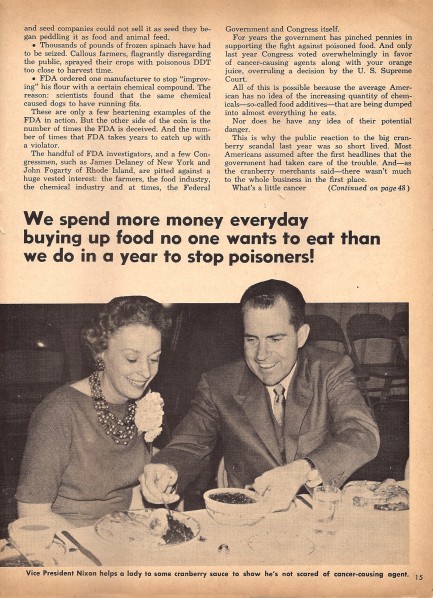
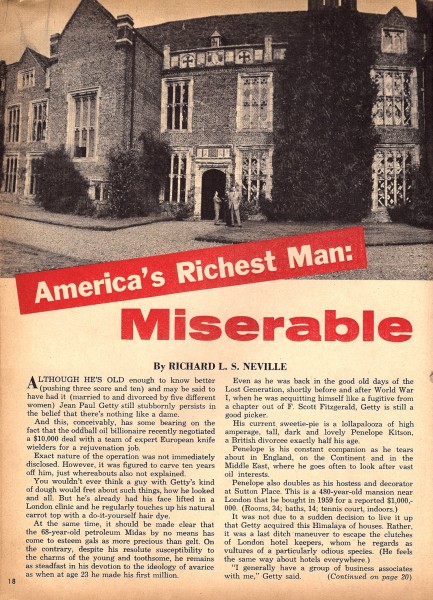
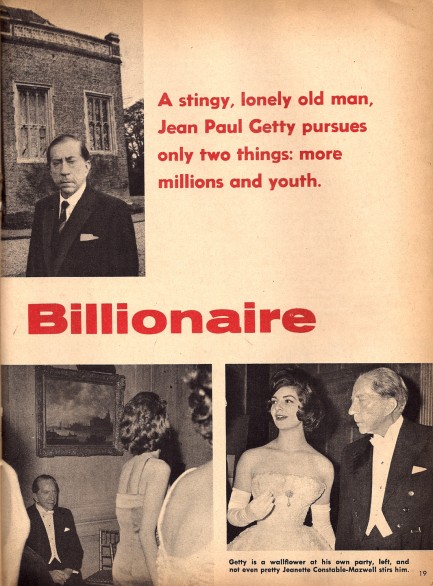 believes the Golden Girl is Diane Harris—not Patricia Ward. While it’s true that Harris did use some aliases, including Lady Diana Harrington and Mary Lou Brew, nowhere is the name Ward mentioned as a pseudonym.
believes the Golden Girl is Diane Harris—not Patricia Ward. While it’s true that Harris did use some aliases, including Lady Diana Harrington and Mary Lou Brew, nowhere is the name Ward mentioned as a pseudonym.
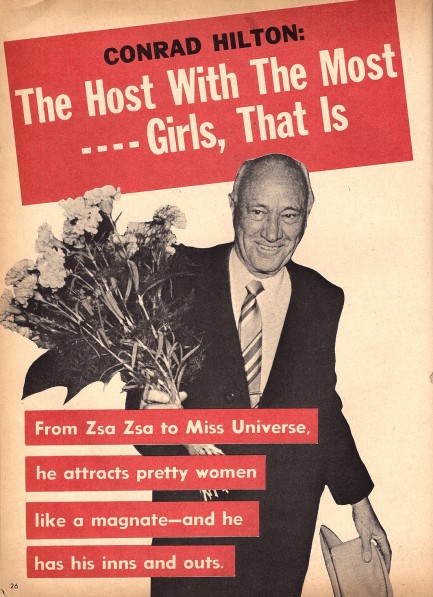
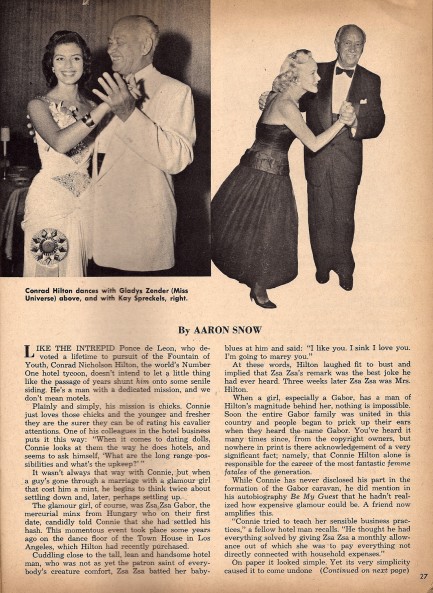 point of a Hollywood motion picture misidentifying her. She was indeed Minot Jelke’s girlfriend, whereas Harris was just a fellow high dollar prostie (and corroborating witness), so perhaps some clever scribe, or even the writers of the 1995 movie, decided that such a catchy nickname would be better applied to the girlfriend. At least that’s the way it looks to us.
point of a Hollywood motion picture misidentifying her. She was indeed Minot Jelke’s girlfriend, whereas Harris was just a fellow high dollar prostie (and corroborating witness), so perhaps some clever scribe, or even the writers of the 1995 movie, decided that such a catchy nickname would be better applied to the girlfriend. At least that’s the way it looks to us.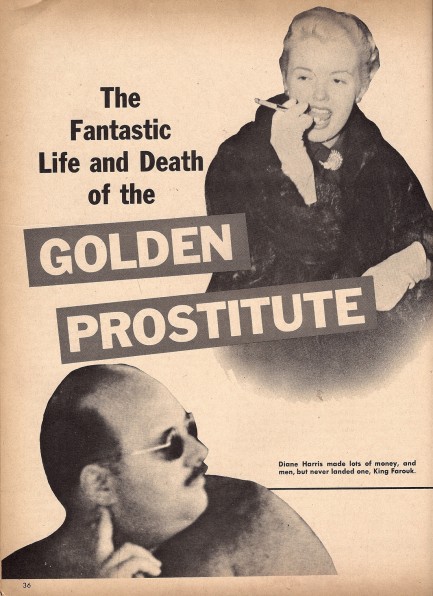
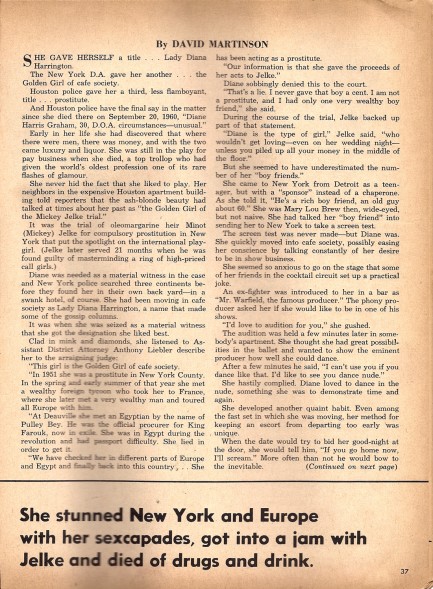
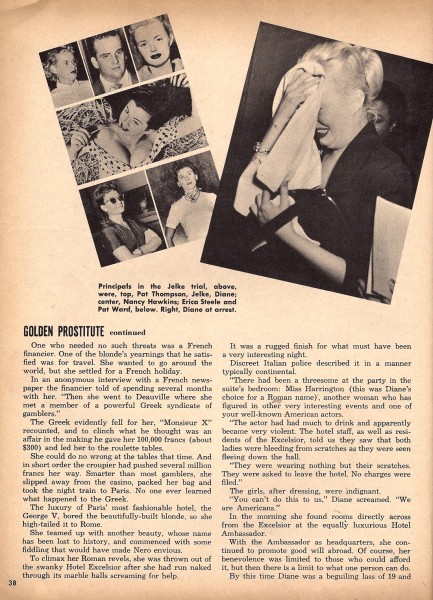
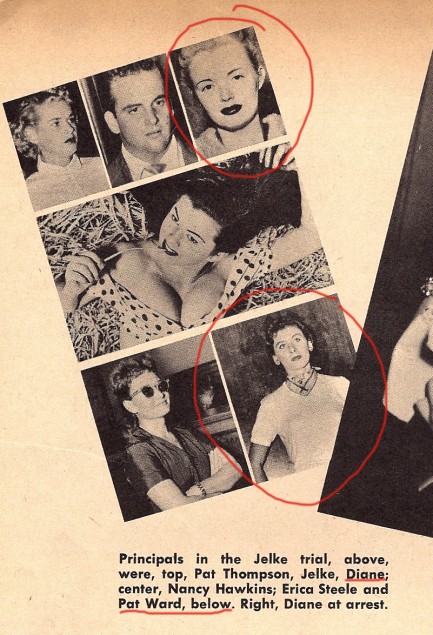
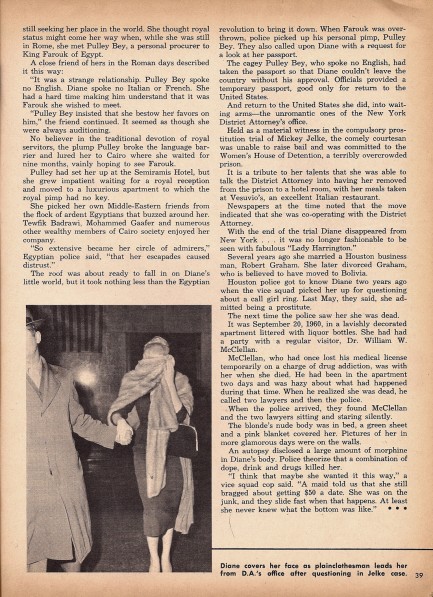 in more glamorous days were on the walls. An autopsy disclosed a large amount of morphine in her body. Police theorize that a combination of drink and drugs killed her.
in more glamorous days were on the walls. An autopsy disclosed a large amount of morphine in her body. Police theorize that a combination of drink and drugs killed her.| Femmes Fatales | Apr 27 2012 |

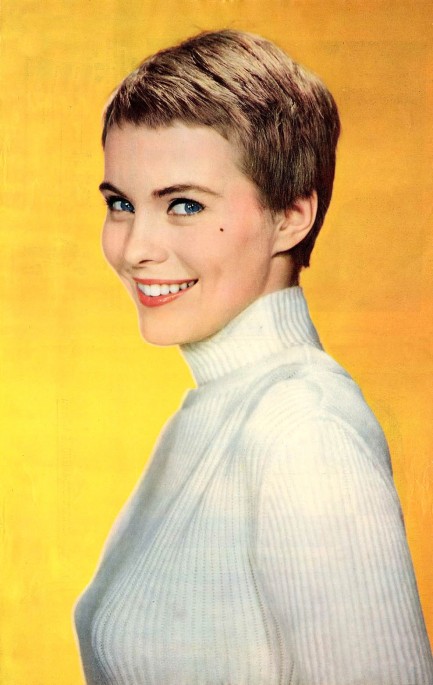
Above is a lovely image of American actress Jean Seberg, who streaked across the cinematic firmament at the end of the 1950s in movies like Lilith and Breathless, but once famous quickly learned that freedom of association was a right that was guaranteed only if one didn’t actually exercise it. When her political support for civil rights groups became known to federal authorities, they made her a target of the FBI’s infamous COINTELPRO, which was a covert, illegal spying program aimed at American citizens whose political activities were deemed a threat to the status quo. The FBI harassed and discredited Seberg, and surveilled her both in the U.S. and abroad, all while hiding its involvement, and that of high ranking government officials, including U.S. President Richard M. Nixon. Seberg ended her turbulent life by committing suicide in Paris in August 1979, and her family as well as numerous fans blamed the FBI and U.S. government for pushing her over the edge. The above image was made many years before, in 1963.
| Vintage Pulp | Feb 6 2012 |

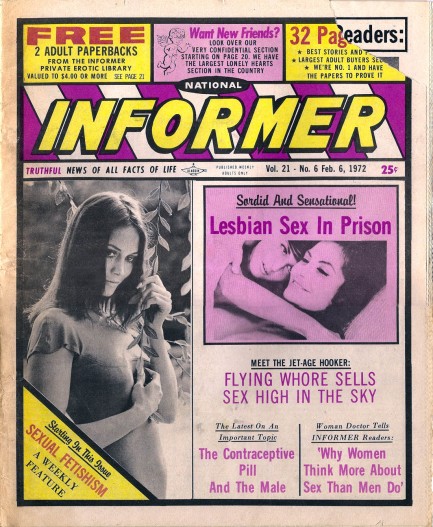
You never want to go too long without a little National Informer in your life, so we’ve brought you another issue of our all-time favorite tabloid, this one published today in 1972. It’s an almost all-sex issue, with articles about fetishism, group sex, lesbian sex in prison, male contraceptive pills, hookers flying the friendly skies, and advanced stimulation methods to drive your partner wild. Mixed in there, in a place where you’d easily overlook it, is a great paste-up photo of Richard Nixon playing chess with Fidel Castro. Chess had something you could almost call mass appeal in the U.S. back in the 1970s, and Castro was a chess aficionado who once hosted a tournament in Havana that drew Mexican Grandmaster Filiberto Terrazas, American Grandmaster and world champ Bobby Fischer, and Soviet-Armenian Grandmaster Tigran Petrosian. So, in the context of the times, the Nixon/Castro composite isn’t as random as it seems. We’ve blown up the photo below, and included other pages of interest.
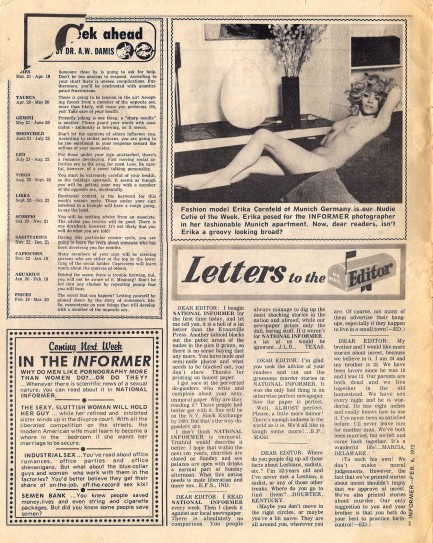
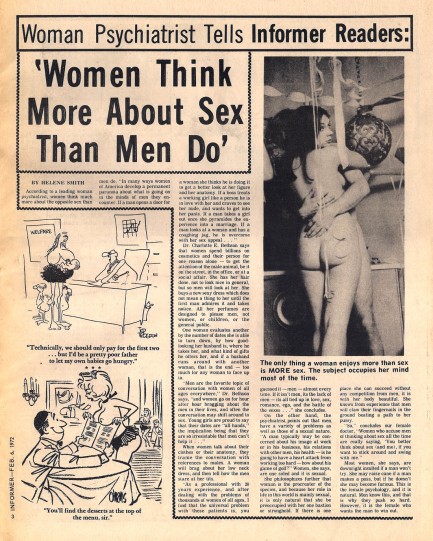
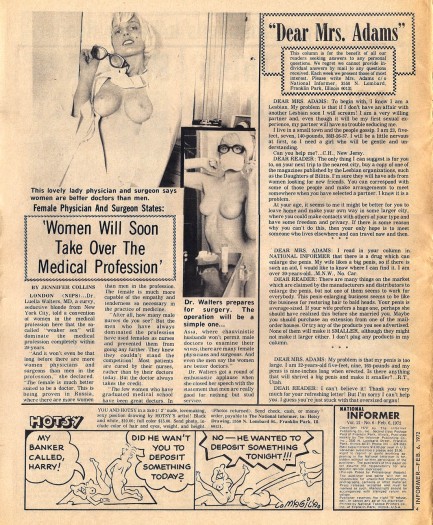
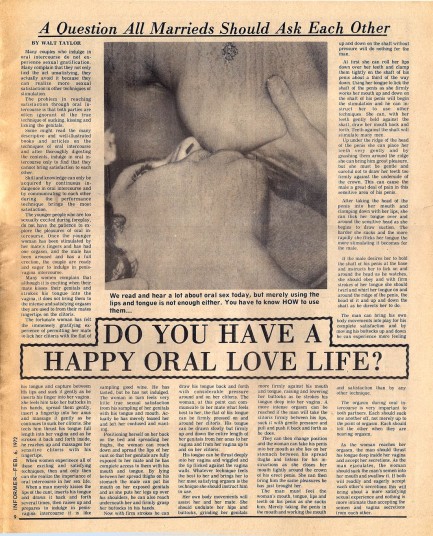
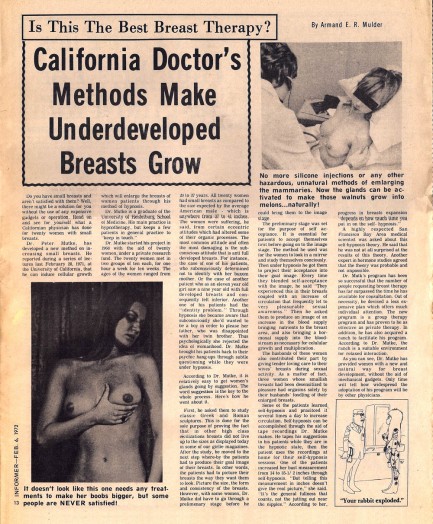
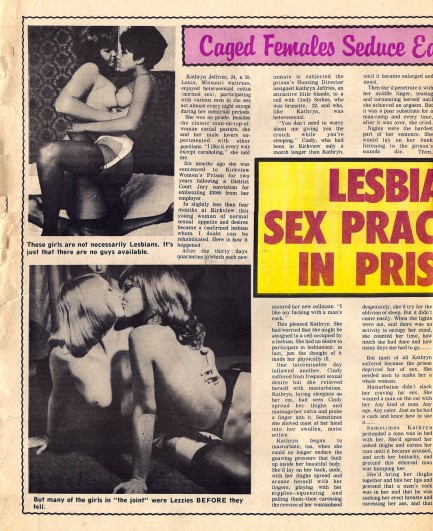
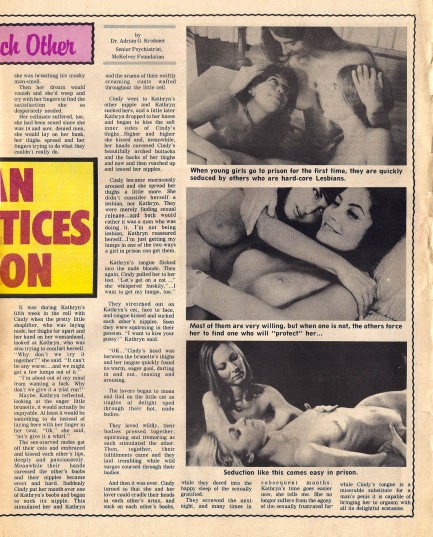
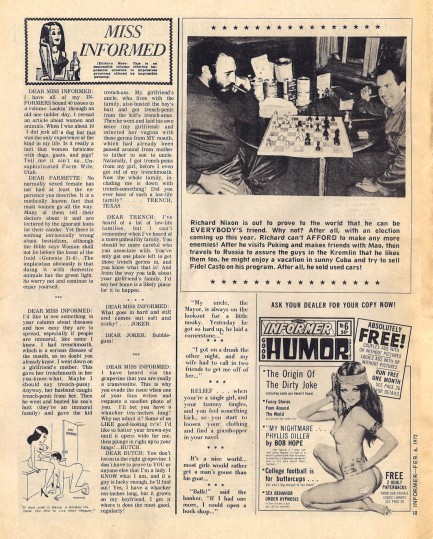
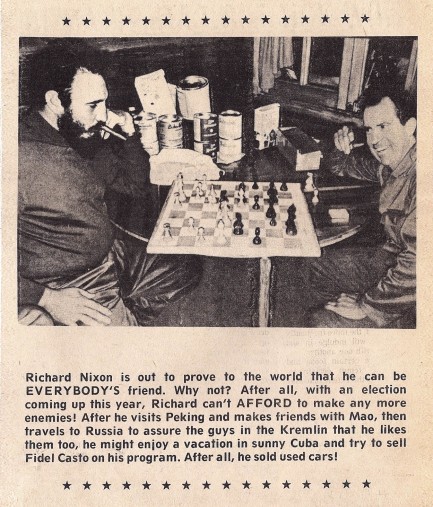
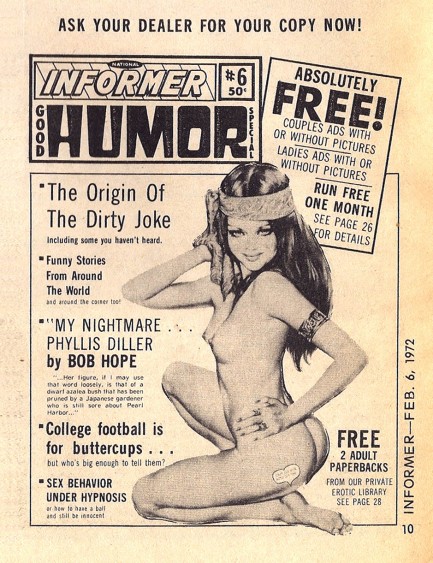
| Intl. Notebook | Vintage Pulp | Feb 4 2012 |

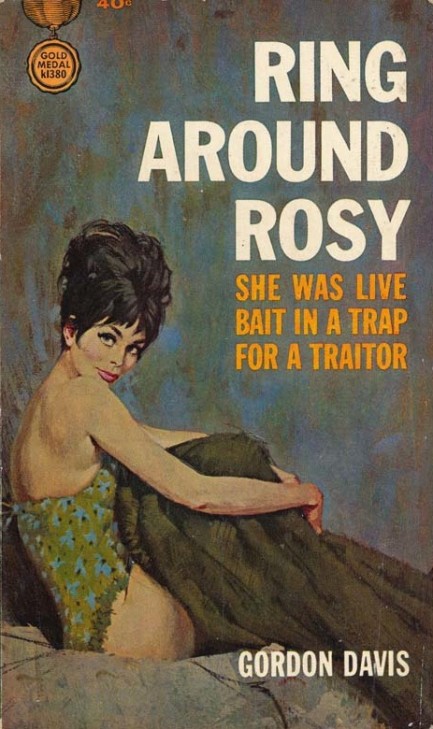
Today we have a cover for the 1964 espionage novel Ring Around Rosy, and normally, what would be of the most interest here is yet another perfect piece of art by Robert McGinnis, but in this case we have an author whose life may have been even more rife with danger and intrigue than those of his characters. Many of you probably already know that Gordon Davis was in reality E. Howard Hunt, who was involved in the Watergate Hotel scandal which led directly to the toppling of Richard Nixon’s presidency, a landmark moment in the American psyche because it represented a loss of political innocence for millions of citizens. But that all came later, when Hunt was pushed unwillingly into the light after the bungled Watergate operations. What makes him fascinating is everything that came before.
E. Howard Hunt was a dedicated writer in his early years, and after winning a Guggenheim fellowship, went on to publish as the aforementioned Davis, as well as Robert Dietrich, and David St. John. He joined the CIA in 1949, and was stationed in Mexico City along with William F. Buckley. While there, he helped plan the overthrow of Guatemala’s president Jacobo Arbenz, which brought about unrest that funneled into a civil war in which 200,000 people were killed, about 90% of them civilians. A few years later Hunt helped to create a Cuban government-in-exile that would take over that island after Fidel Castro was ousted by U.S.-backed Bay of Pigs insurgents. The invasion didn’t come off as planned, though, and the fallout was damaging enough that Hunt needed to rehabilitate his career.
He took a position as chief of the CIA’s illegal domestic spying branch the Domestic Operations Division shortly after its formation in 1962 by John F. Kennedy. The idea behind the Division was to spy on enemies inside the U.S., which ostensibly meant acting against foreign embassies that might be harboring spies, but in a classic—and inevitable—example of mission creep, pretty soon the Division began illegally spying on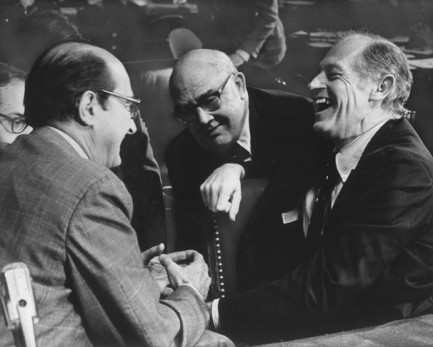 American citizens, specifically civil rights activists. After a couple of years Hunt was re-stationed in Mexico City, where sources claim he had dealings with Lee Harvey Oswald in the time leading up to Kennedy’s assassination. Hunt categorically denied ever meeting Oswald, though he later made revelations regarding Kennedy. In any case, being on the government payroll wasn't what he wanted to do anymore—he never got over his anger at Kennedy’s refusal to invade Cuba or overthrow Castro—so he decided to get into the private sector.
American citizens, specifically civil rights activists. After a couple of years Hunt was re-stationed in Mexico City, where sources claim he had dealings with Lee Harvey Oswald in the time leading up to Kennedy’s assassination. Hunt categorically denied ever meeting Oswald, though he later made revelations regarding Kennedy. In any case, being on the government payroll wasn't what he wanted to do anymore—he never got over his anger at Kennedy’s refusal to invade Cuba or overthrow Castro—so he decided to get into the private sector.
This eventually led to him becoming a member of Richard Nixon’s Special Investigations Unit, aka the White House Plumbers, which were both fancy names for the collection of men who were the President’s secret fixers. This was exactly the sort of off-the-books work Hunt had been seeking. It allowed him to remain in the black ops game, but freed him from accountability to layers of career bureaucrats. Under Nixon’s direction and that of White House Special Counsel Charles Colson, Hunt broke into various residences—in violation of both property and spying laws—looking for dirt on people such as reporter Daniel Ellsberg and politician Teddy Kennedy. He was also involved in disinformation campaigns, such as forging fake cables suggesting that John F. Kennedy had ordered the assassination of foreign officials, and trying (but failing) to link a would-be assassin to Democrats by planting George McGovern campaign material in the house of Arthur Bremer, the man who shot conservative politician George Wallace.
We’ve drifted pretty far away from the subject of Ring Around Rosy (which by the way is an adventure concerning Cuba, as were several of Hunt's books), but let’s drift a bit farther, and make this point: isn’t it fascinating that in an age in which so many conspiracies have been documented and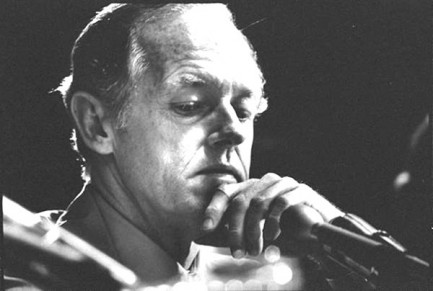 verified, people are still afraid to believe behind-the-scenes machinations are what really make the planet go ’round? Hunt's dirty tricks are all a matter of record, and had profound effects on international affairs, yet many would like to believe he is a rarity. But whether we're talking about hushed meetings in political backrooms or secret get-togethers between bankers at private clubs, conspiracies are the engine of the world. It isn’t a nice realization, but it’s a logical one.
verified, people are still afraid to believe behind-the-scenes machinations are what really make the planet go ’round? Hunt's dirty tricks are all a matter of record, and had profound effects on international affairs, yet many would like to believe he is a rarity. But whether we're talking about hushed meetings in political backrooms or secret get-togethers between bankers at private clubs, conspiracies are the engine of the world. It isn’t a nice realization, but it’s a logical one.
Hunt wrote novels throughout his black ops years, but as time wore on often used his literary gift to grind axes, modeling characters after men he hated. For example, JFK appeared thinly disguised in the 1972 political potboiler The Coven, in which a youthful, charismatic, Catholic presidential candidate is a secret Devil worshipper (Graham Masterton later used a similar idea in his spectacular horror novel The Hell Candidate with Ronald Reagan as his model). The quality of Hunt’s fiction had declined since his Guggenheim fellowship days, according to many critics, but his name and background guaranteed sales, and still does today (as any Hunt-related internet comment chain, with their pronouncements about his “real deal tough guy” qualities, makes quite clear).
At the end of his life, Hunt dropped a bombshell by confessing to involvement in a conspiracy to kill John F. Kennedy. He described himself as a “benchwarmer” in the plot, i.e., somebody to be brought in if the first team failed, and named everyone involved. The confession was made to his son, which gave rise to questions about both veracity and motive. But if Hunt had confessed on the front page of the Washington Post can we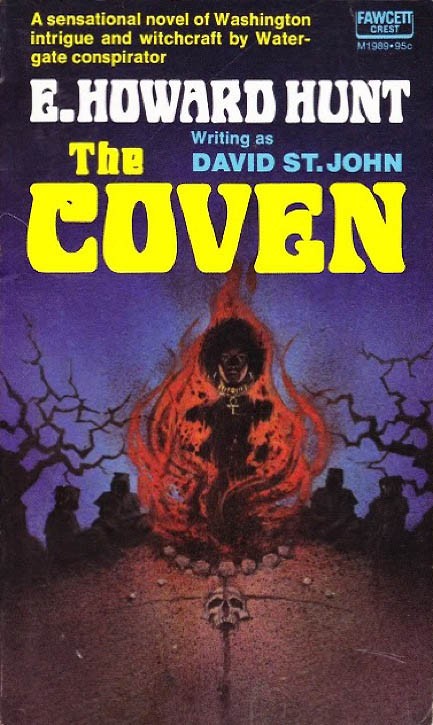 really doubt that there would still be droves of people unwilling to accept it? It makes sense, though. If Watergate stole the political innocence of millions of Americans, proof of an assassination plot by members of the U.S. government against their own president would be a national cataclysm. So Hunt’s confession is forgotten, while everything else he ever did, survives.
really doubt that there would still be droves of people unwilling to accept it? It makes sense, though. If Watergate stole the political innocence of millions of Americans, proof of an assassination plot by members of the U.S. government against their own president would be a national cataclysm. So Hunt’s confession is forgotten, while everything else he ever did, survives.
| Intl. Notebook | Sep 9 2011 |

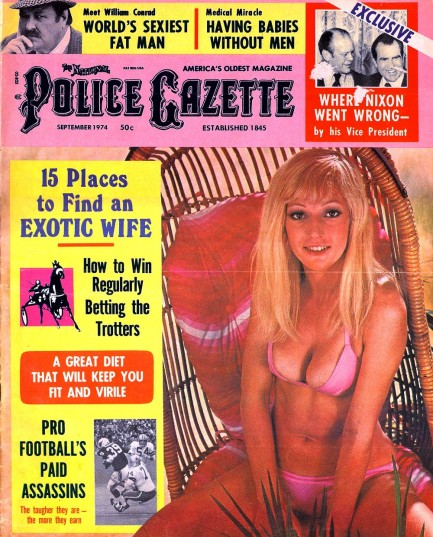
This National Police Gazette from September 1974 treats us to several great stories, including an article claiming that Richard Nixon’s only crime was not knowing what the “boobs” around him were doing. Ah yes, the old rogue subordinates excuse. Works great for presidents and corporate heads, but for you, well, not so much. Elsewhere in the issue you get an article on how to score an exotic bride, and sharp-eyed readers may notice that the “Haitian” bride is actually American actress Gloria Hendry, who we featured a couple of weeks ago.
But what really caught our attention in this Gazette is the article by U.S. Senator Vance Hartke about cheap, superfast rail travel. It’s filled with promises and optimism, steeped in for-the-good-of-the-people rhetoric, and even includes a sample 1986 cross-country timetable. Imagine it. Within twelve years Americans would blaze overland at 300 mph, and this rail system, envy of the world, would be clean, pleasant, and cheap—a mere $75 coast-to-coast.
A funny thing happened on the way to this future—politics that used to frame tomorow in terms of the things that were possible changed so that it now frames tomorrow in terms of what it isn't possible. Although limited high-speed rail service has finally been built in the U.S., Americans who want to experience train travel at the velocities cited in Hartke's dreamy article have to visit other countries. As to whether a true super fast system will ever be built in the U.S., we wouldn’t venture a guess either way, but it certainly is thought provoking to read what some people thought the near future would bring.